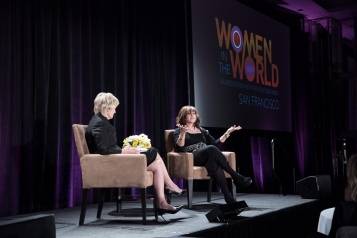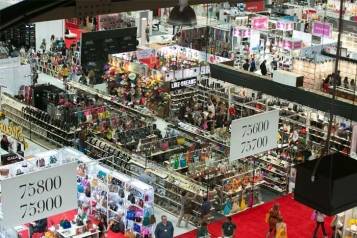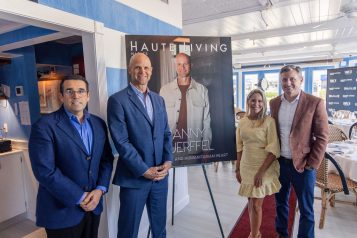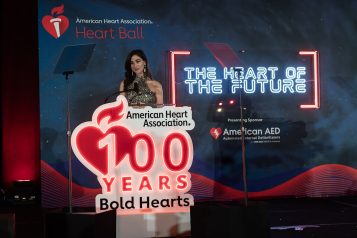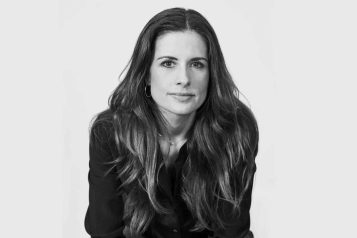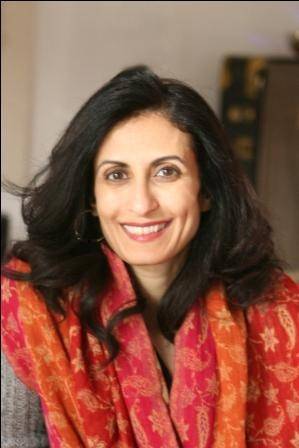
Born in Yemen in 1969, Boushra Almutawakel found that she possessed a passion for art, expression and dialogue in her youth. After studying abroad during her college years in the United States, Boushra returned to Yemen in 1994 and has become an internationally hailed photographer and visionary who is helping bridge discourse between Western and Middle Eastern cultures through art.
Upon recognizing the need for a platform for artists in Yemen, in 1996, Boushra became a founding member of Al-Halaqa in Sana’a, an organization established to those in the art community connect with international creatives and to provide an area where their work could be displayed and discussed. Boushra fondly recalls, “We got funding, rented a house as our headquarters, held workshops and monthly exhibits; we hosted international artists; we published a quarterly journal about art, artists, poetry, archeology, tourism, culture, and more. I started participating in exhibits. Then to my great surprise people started buying my work. Next thing you know, individuals offered to commission work and hire me for photographic projects.”
Heralded as one of the few Middle Eastern female photographers of her times, Boushra’s career has spanned two decades and has garnered universal accolades for her ground-breaking work. She’s been featured in many Yemeni publications, such as the Yemen Times, Yemen Observer and Yemen Today, in addition to numerous international publications; El Pais, Muse, Nafas Art Magazine and The New Yorker to name a few.
A respected leader, Boushra has also served for the Yemeni Embassy in Washington as a consultant on cultural affairs, where she coordinated events in the D.C. as a part of the ‘Windows on the Cultural Heritage of Yemen’, which was a symposium featured at the Smithsonian.
Featured throughout Yemen and the globe, her exhibitions have been displayed at the Yemen Contemporary Art National Art Center, Yemen Cultural Center, the French Cultural Center, The British Museum and The Museum of Fine Arts in Boston.
Perhaps her most displayed image collection, Mother, Daughter, Doll (2010), which is a project within her Hijab Series, seeks to bridge an understanding between cultures regarding veiling. “Veiling is more controversial in the West, where the hijab and veil have become symbols. Veiling is part of the culture here, mixed in with religion. I think it’s what women are used to wearing—and I don’t feel comfortable without it in many places in Yemen. It is advantageous and empowering in some ways as it protects and privatizes the woman’s body,” explained Boushra.
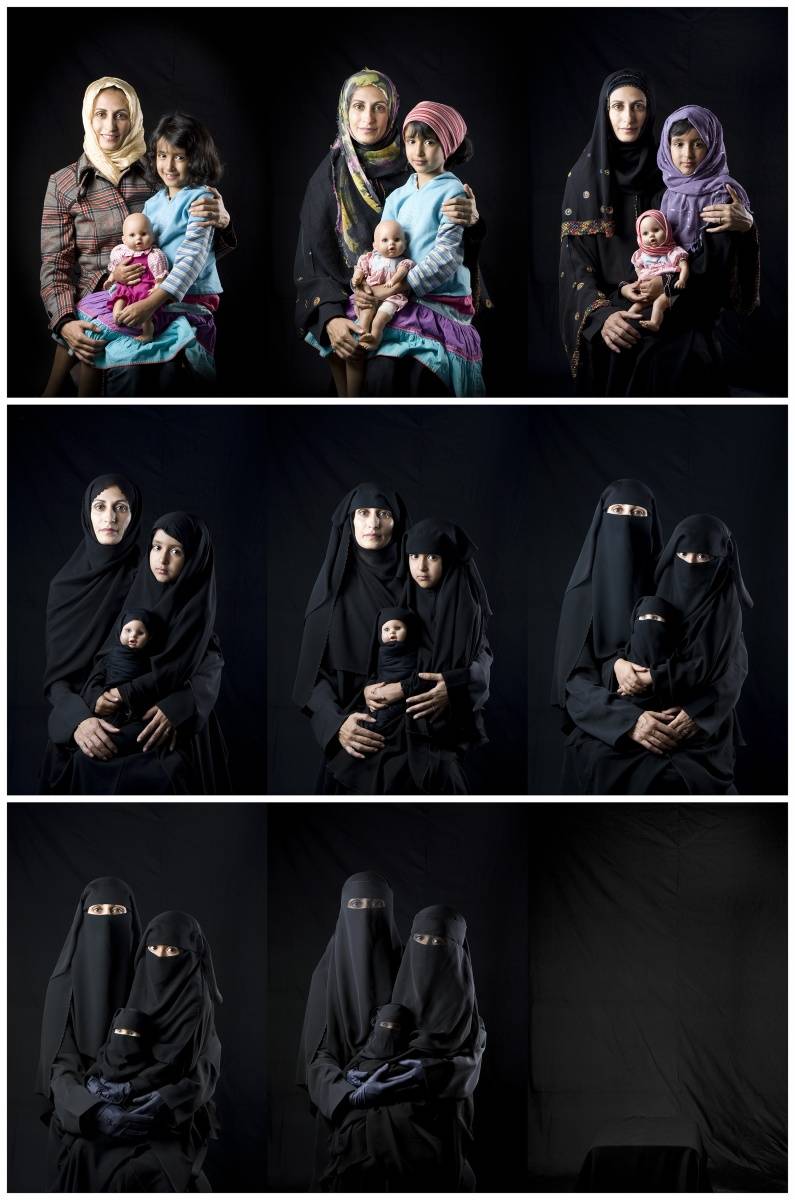
To try to emphasize the reasons for veiling in ways that could be better understood by those in Western cultures, she photographed an image titled True Self, in which she used a photographic interpretation expressed by Nawal Elsadawi, stating that women who veiled were no different than women who wore makeup, in the sense both could be viewed as creating or masking an identity for the women beneath.
Despite having such a storied career, Boushra insists that she is still learning, stating, “I am just beginning to grasp and appreciate art and the impact that it has within society. It’s very a very powerful and universal medium, and can bring people together and form bridges rather than divides among cultures. There’s just something about art that touches the deepest parts within all of us and helps us to connect on those basic human levels.”







